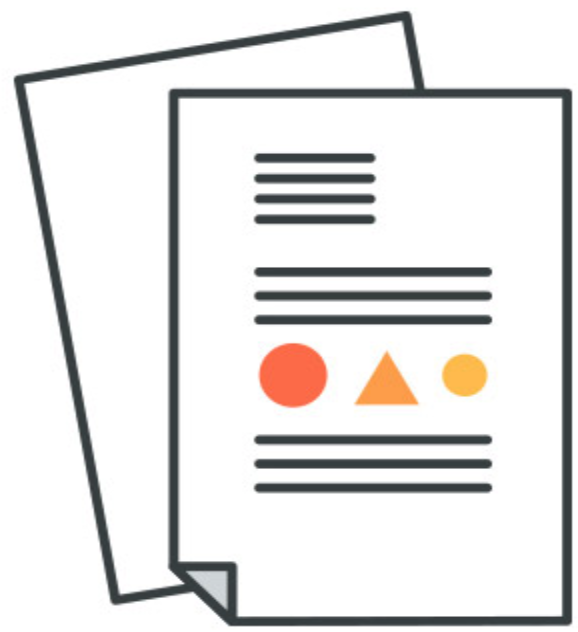If there was a way to continuously optimize your products or services based on direct feedback from users, wouldn’t you be invested? Let us introduce you to customer feedback loops. You may have heard of them before, but in this blog, we’ll give you the full rundown of how you can create your own successful customer feedback loop that brings results again and again.
What is a customer feedback loop?
Customer feedback loops are low-risk, high-reward efforts that offer suggestions on how a business can improve its products. As a customer experience strategy, feedback loops benefit both consumers and businesses due to solving frustrations, listening and acting on customer requests, and overall creating a refined product that consumers are more satisfied with.
Gathering feedback and reacting quickly to customer needs creates new opportunities to build lasting relationships. Using feedback loops offers a range of benefits including:
- Product feedback
- Reduced customer complaints/reviews
- Increased customer retention
- New product ideas
- Enhanced functionality of your business
- Customers will realize how easy it is to communicate with your brand
Now that you know what customer feedback loops are and the benefits they bring, let’s discuss how to create a successful one!

The 5 stages of creating a successful customer feedback loop
For customers to have a positive experience, businesses have to invest in creating it. Research by Super Office found that…
Only 44% of businesses will increase investment in their CX initiatives.
Taking the time to create a customer feedback loop will set your team up for success to deliver better CX without exhausting your resources.
Your customer feedback loop can be divided into 5 stages…
- Gathering customer feedback
- Acknowledging the feedback
- Analyzing the feedback
- Applying and testing
- Closing the loop
A key component of your approach should be focused on giving customers the ability to express their voice.
Stage 1: Gathering customer feedback
To gather customer feedback you can look at previous interactions or create surveys.
-
Review previous customer support messages. Chats, call data, emails, reviews, or social media comments/DMs can provide valuable insights into how customers truly feel. As customers are typically more likely to leave a review or reach out when they are upset, your review section or customer support data is a good place to start.
-
Surveys are excellent when there is a motivator to incentivize customers to share their opinions. For increased participation, be upfront about how long the survey will take to complete and try to keep it short. You’ll also want to keep the questions easy to answer such as 1-5 scales, ‘agree’ or ‘disagree’ buttons, and one question at the end that leaves room for open responses and comments. Then, distribute your survey in emails after a customer has purchased that specific product or run the survey for two weeks.
It’s also a great idea to talk to your team and see if they have any ideas or if there have been any persistent problems to report. Throughout the process, it’s important to remember that the ultimate goal in creating a system of feedback is to find ways to improve CX and increase value.

Stage 2: Acknowledge feedback
It’s important to thank customers for participating in surveys, respond to their reviews, and let them know that their voice has been heard. Even if you are working on a solution behind the scenes, this isn’t always transparent to the customer. A simple reply will do the trick. Here’s an example:
Thank you for sharing this feedback. We value your response and are taking it into consideration. We will keep you updated on any changes to (product name).
Even if the message is automated, letting customers know that you have received their response is much appreciated.
Stage 3: Analyze the feedback
Take the time to sort through and think over the feedback you receive. Track trends and problem areas by keeping the data in a performance management system. You’ll most likely begin to notice similarities in both the negatives and positives. From here you should sort the data by importance to further investigate.
Some people will have overwhelmingly positive responses. This is a great opportunity to share testimonials on your social accounts or website (with their permission, of course). Alternatively, some people may have large complaints and this isn’t always personal. So many different factors can affect experiences so take negative comments with a grain of salt when you consider changing your products based on them. Overall, negative feedback is a way to monitor performance and receive suggestions that can be adapted to or denied.
Stage 4: Apply and test
Now that you have all this feedback and have gone through the brilliant suggestions and kept the others aside, you’ll want to test updates before permanently changing anything. Ask consumers for more input, especially if they previously offered revisions or other comments. Send them an email to inform them of your adjustments and request more feedback.
Utilizing consumer input even during the testing phase helps enhance your business’s interaction with customers. In fact, according to Adobe…
88% of U.S. consumers want to engage with brands that strive to meet customer expectations.
Asking for feedback and following up with solutions shows consumers that you are listening and that their opinions are important, which inherently increases CX and stronger products.

Stage 5: Close the loop
Once you make any final revisions, let customers know. Tell them that their feedback has been greatly appreciated and due to response, it has resulted in product enhancements. Conduct surveys regularly and continually track customers’ suggestions and complaints. CX is improved by continual feedback gathered at each stage of the customer journey.
Invest in the customer experience
We sincerely hope that this customer feedback loop strategy has given you insights into how to create your own! If you’re looking to flex and scale your business, we can help with customer support on demand. Our agents are trained to fit your company in as little as one week with all training and management included. Contact Influx today!

